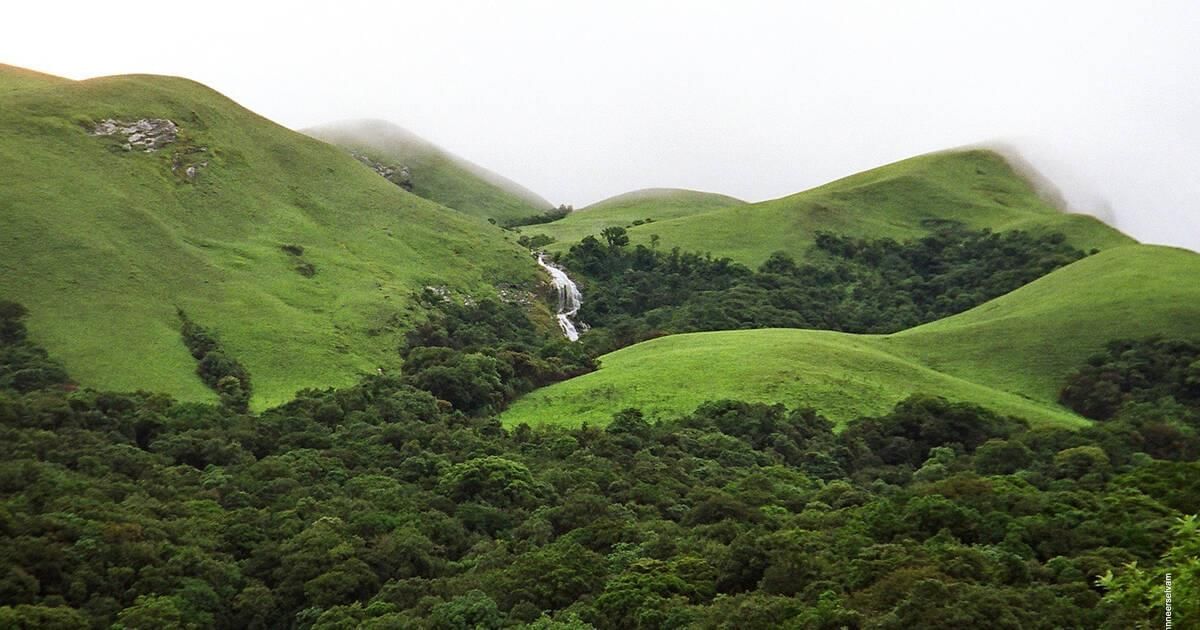Some Unique Places Chapter Notes | Our Wondrous World Class 5 - New NCERT PDF Download
| Table of contents |

|
| Islands of India |

|
| Sundarbans: Home of the Mangroves |

|
| Northeast India: Green Hills and Great Traditions |

|
| Western Ghats |

|
| A Connected Country |

|
Shanti’s summer adventure takes her across India’s magical places, from islands to forests! She discovers unique plants, animals, and people who live closely with nature. Let’s follow Shanti!

- Shanti was curious about her family's summer vacation plans.
- She wished to visit multiple places instead of staying in one location.
- Her parents hinted at a special plan, starting from the southernmost tip of India.
- Shanti assumed this meant Kanyakumari.
- To her surprise, she discovered from a map that Indira Point is the southernmost point of India.
- Indira Point is part of the Andaman and Nicobar Islands, a long chain of islands in the southeast.

Do you know?
Islands are lands surrounded by water on all sides.
Islands of India
Shanti’s journey begins in the Andaman and Nicobar Islands, full of wonders. Let’s see what she finds!
- Shanti visits Vijaya Puram, the capital of the Andaman and Nicobar Islands.
- Guide Rani shows forests with unique trees and big, spreading roots.
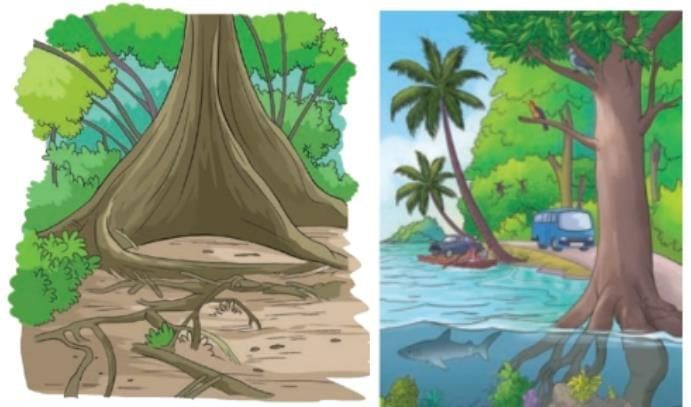
- Many trees in the islands have big roots that grow out of the ground and spread wide to support the trees.
- The forest is home to many birds, animals and insects that are unique.
- The forests have special birds like the Andaman wood pigeon and Andaman hornbill that are found only here.
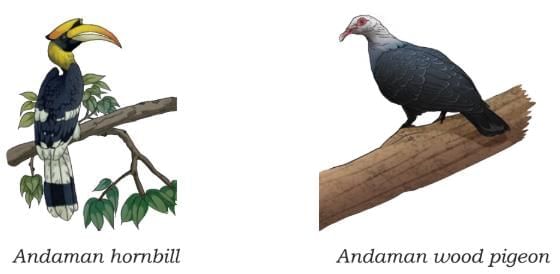
- Rani says these rare animals and plants need protection.
- They take a ferry to reach a nearby island.

- At the Marine Interpretation Centre, Shanti learns that corals shelter many sea creatures.
- Marine life supports the sea and the whole Earth, needing our care.
- Rani says North Sentinel Island’s people live like ancient hunter-gatherers, avoiding visitors.
- They survived a 2004 tsunami by reading nature’s signs, like wind and animal behaviour.

- Shanti had only seen islands on TV before visiting the Andaman and Nicobar Islands.
- She learned that islands are amazing and need care.
- Amma said they’ll travel by ship from Vijaya Puram to Kolkata, then Sundarbans.
- Amma called Sundarbans a special forest, making Shanti eager to see it.
Sundarbans: Home of the Mangroves
After travelling to Kolkata, Shanti reached the Sundarbans—the largest mangrove forest in the world. Let’s explore with her!
- Sundarbans, where the Ganga meets the sea, is the world’s largest mangrove forest.
- Mangrove trees grow in muddy, salty land with stick-like roots to breathe.
- Shanti asks Appa about the roots, learning they help mangroves survive.
- These roots also hold the soil and stop waves from washing away the land.
- People near the Sundarbans depend on the forest for their daily needs.
- For generations, they’ve lived in harmony with nature.
- The forest is a special world where land, water, and wildlife connect.
- Appa told Shanti how tigers attack their prey from behind, so people wear masks on the back of their heads so the tigers may get confused by the masks.
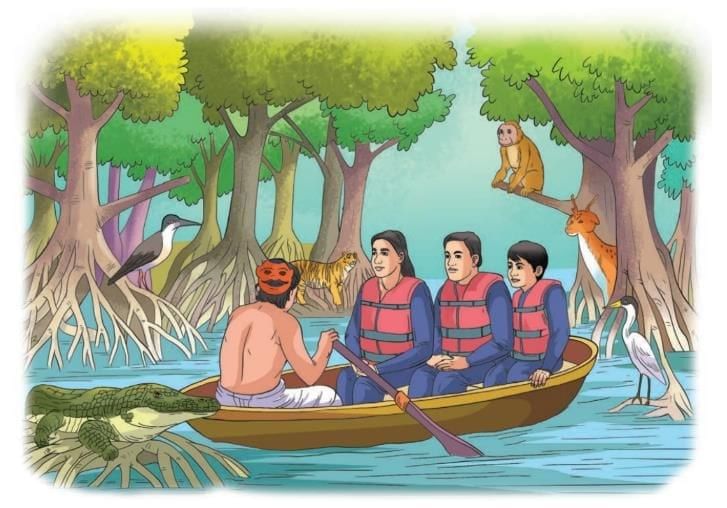
Northeast India: Green Hills and Great Traditions
After leaving Sundarbans, Shanti explores Northeast India, a land of hills and culture. Let’s follow her adventure!
- Appa tells Shanti Northeast India includes seven states, called the Seven Sisters, and Sikkim.
- The region has lush forests, rivers, and unique animals and birds.
- People’s lives, from weaving to festivals, connect to the hills and forests.
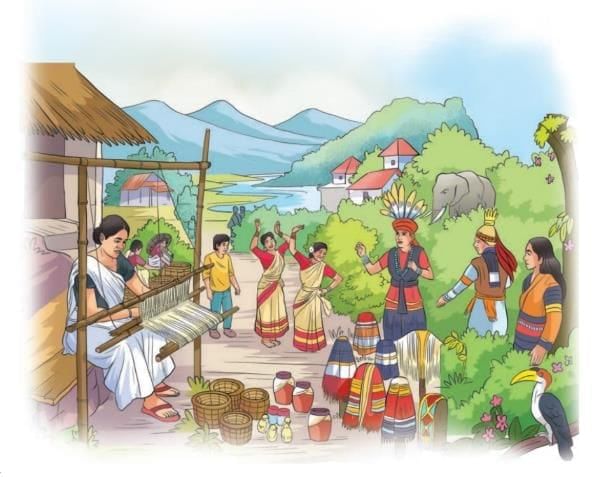
- Northeast India is vibrant with colours, creativity, and life.
- People live in harmony with nature, surrounded by lush forests and rivers.
- The region boasts amazing animals and birds.
- Weaving, crafts, music, dance, and festivals reflect the hills, forests, and wildlife.
- Culture and nature thrive together here.
Do you know?
Bhut Jolokia or ghost pepper is one of the hottest chillies in the world. It grows in the Northeast India and is used in pickles, chutneys, and even to keep elephants away from the crops.
- Shanti sees women teaching kids to protect Hargila bird nests.
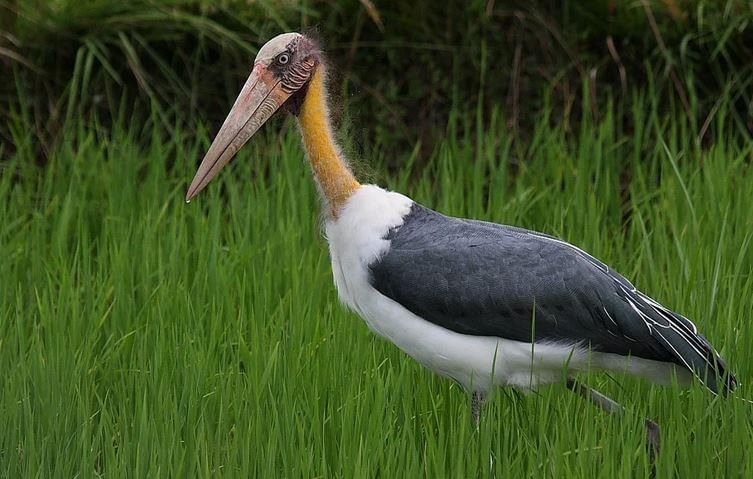
- The Greater Adjutant Stork’s numbers grow with community help.
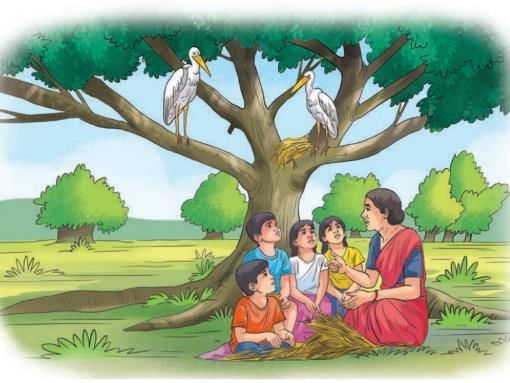
- Guide Chandan shows the region’s amazing plants and animals.
- There are living root bridges made by growing tree roots across streams.
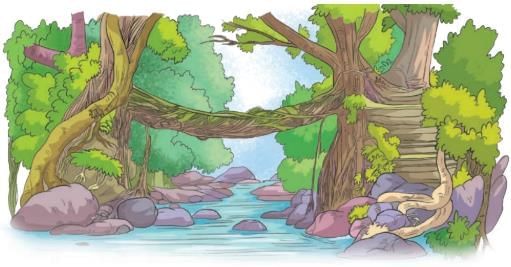
- Appa told Shanti that many plants and animals here are found nowhere else in the world.
- That is what makes this one-of-a-kind nature's hotspot.
Western Ghats
Shanti visits the Western Ghats, a nature hotspot. Let’s explore its wonders with her!
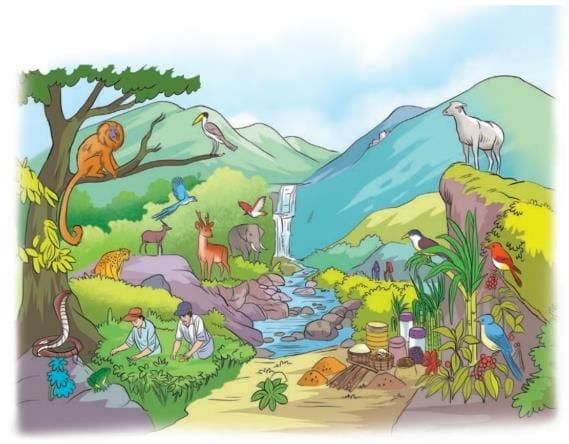
- Appa tells Shanti the Western Ghats are forested hills with lion-tailed macaques found only here.
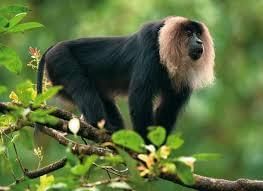
lion-tailed macaque
- Many Indian rivers start in these hills, supporting life across the country.
- Plants growing only here are used in traditional medicine by tribal communities.
- These communities depend on the forest for food, medicine, and livelihoods.
- Tribal and forest people live here and depend on the forest for food and medicine.
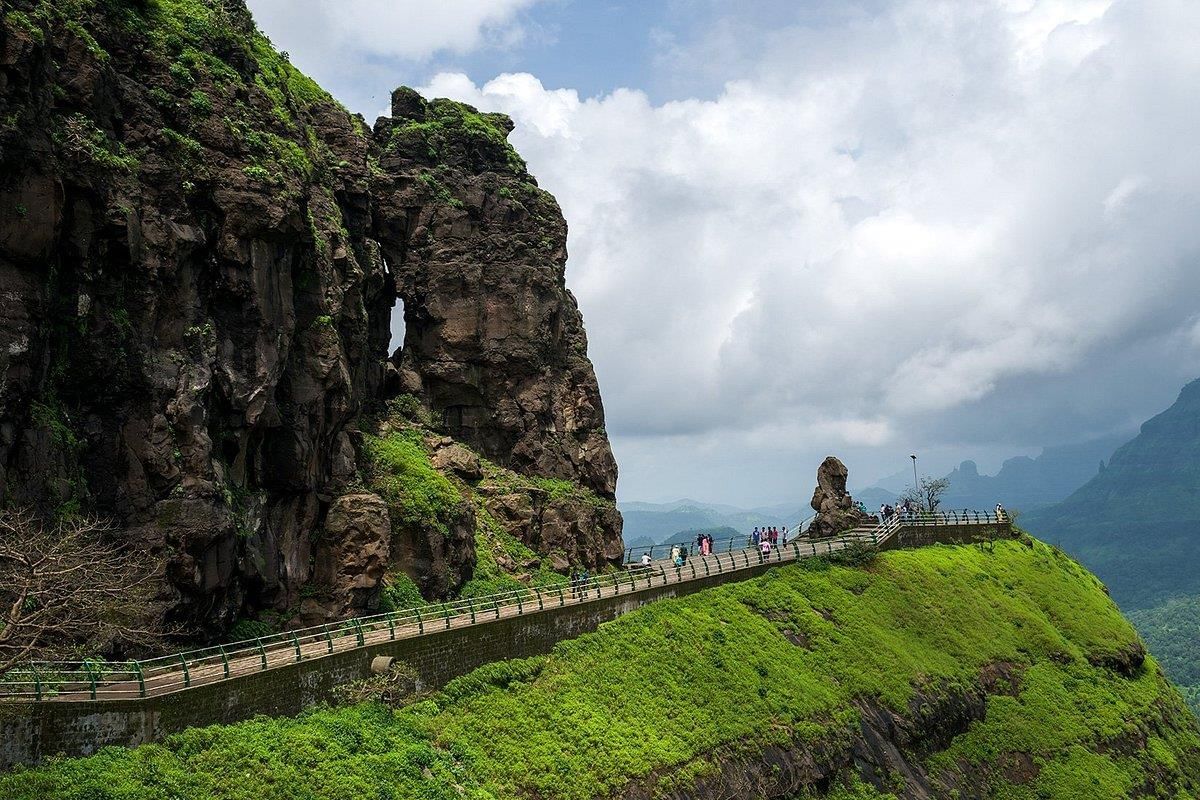
- Shanti sees students with notebooks and cameras, guided by researcher Satish.
- Satish says they recorded over 200 mango types, plus jackfruit and jamun, with help from schools and farmers.
- Appa explains that Silent Valley National Park in Kerala is a quiet rainforest with rare plants and animals.
- The rainforests are usually buzzing with the sound of cicada insects.
- The Save Silent Valley Movement by villagers, students, and scientists stopped a dam, protecting the forest.
- The Silent Valley National Park in Kerala is a special rainforest saved by people who cared.
- Our hills are full of life, fun stories, and surprises.
- Small herbs, big rivers, rare animals, and people are all connected.
- We need to learn about and take care of these places and their links.
Do you know?
The Western Ghats have over 50 protected areas, like wildlife sanctuaries and national parks to keep animals, plants, and rivers safe.
A Connected Country
Shanti’s journey ends with a visit to Kanyakumari, reflecting on India’s beauty. Let’s see what she learns!
- Shanti and her family head to Kanyakumari, where three seas meet.
- From coral reefs to root bridges and spice-filled forests, each place has unique wildlife and people.
- People live differently but depend on and care for nature in their way.
- Shanti’s trip shows India’s regions are rich, beautiful, and connected.

- To keep these wonders for the future, we must learn, respect, and protect nature.
|
14 videos|234 docs|10 tests
|
FAQs on Some Unique Places Chapter Notes - Our Wondrous World Class 5 - New NCERT
| 1. What are the unique features of the Sundarbans, and why is it known as the home of the mangroves? |  |
| 2. What are the main characteristics of Northeast India, and what traditions are prominent in this region? |  |
| 3. How do the Western Ghats contribute to India's ecology and biodiversity? |  |
| 4. Why is it important to recognize India as a connected country in terms of geography and culture? |  |
| 5. What are the environmental challenges faced by the Sundarbans and Northeast India? |  |



